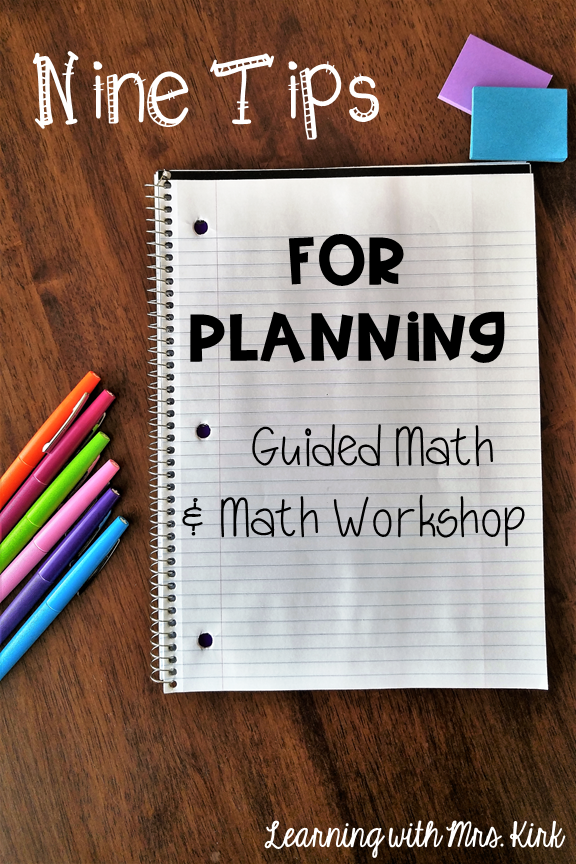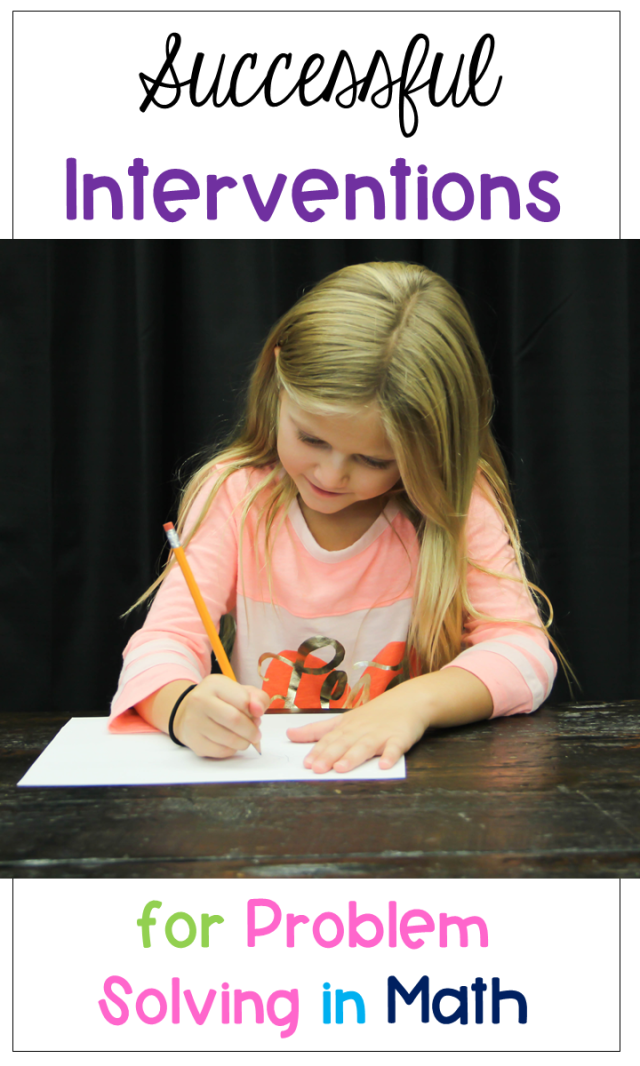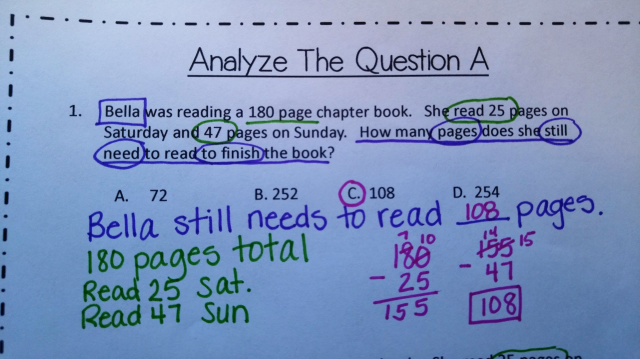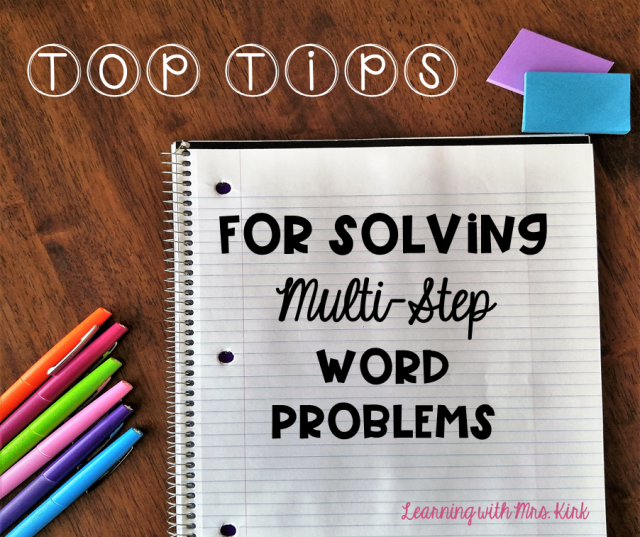Some of my favorite memories of my elementary school years involve making crafts and playing games! My favorite craft was making gingerbread scented salt dough ornaments! But, anyone who teaches in this day and age knows we don’t always have time to do the fun stuff, right! So, to make the most of the season I sneak in a little holiday cheer as often as possible! Here are a few of my favorite ways to sneak in some fun when you have too much curriculum to cover or a dreaded math assessment to review for!
As simple as it sounds, white printer paper, colored markers and stickers or stamps can add a little holiday cheer to even the most dull math tasks! Here is an example of a Math Review I did yesterday with one of my Fourth graders. She has a test this week so we needed to spend some serious time reviewing fractions, but you can see that we still made it fun!
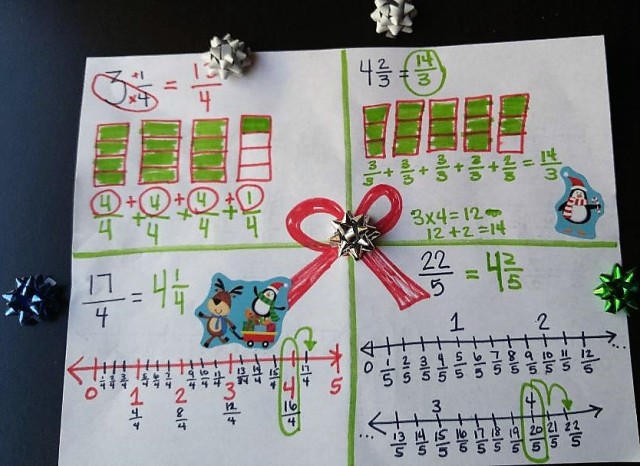
I bet you can figure out what my third graders are reviewing this week! Check out this simple array activity to practice multiplication! This could also be used for fact families!
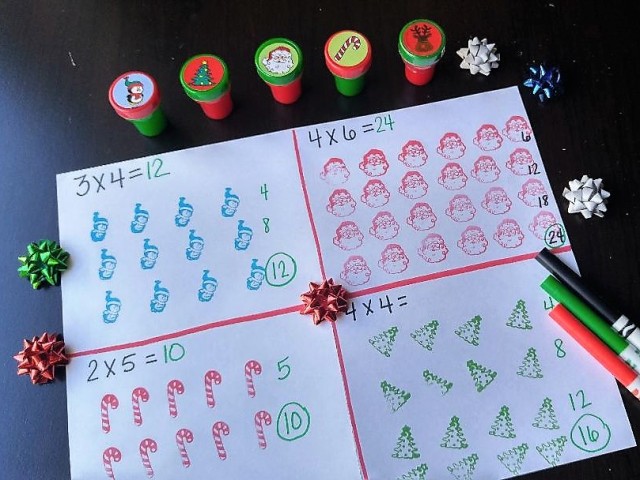
But what if you have to work on a review with word problems? No problem! You make that into a present too! Take any review or set of task cards and have students make a cheerful answer sheet like this:
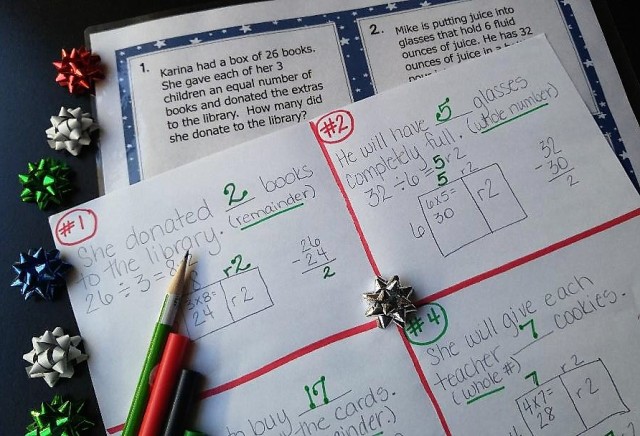
Well, if you know me at all, you know I LOVE MATH GAMES, so I will have to mention that you can turn any math skill into a game! Here is one of my favorites from my TpT Store:
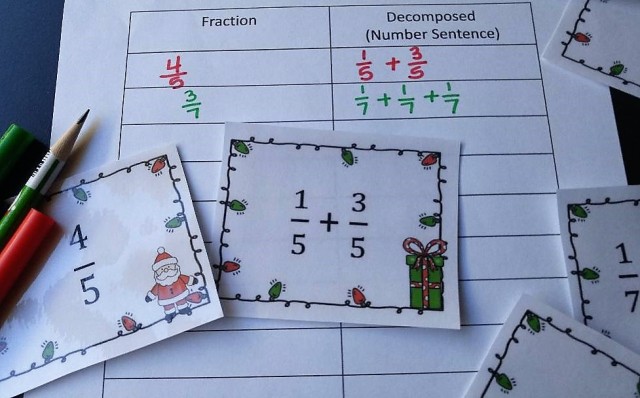
I would love to hear some other ideas people have for adding a little holiday fun to math class! Leave a comment below with your favorite activity!








